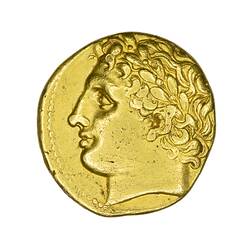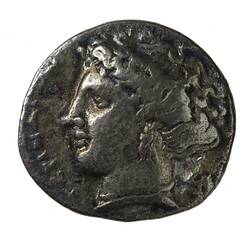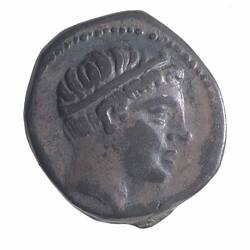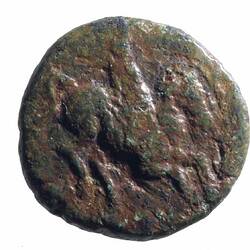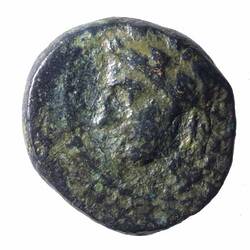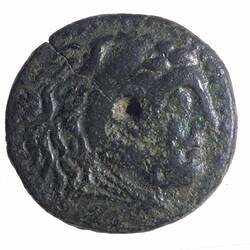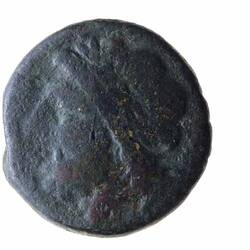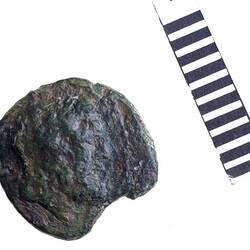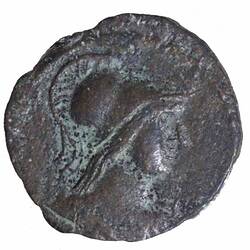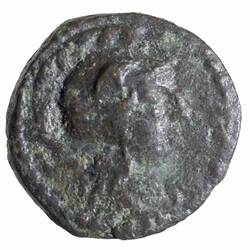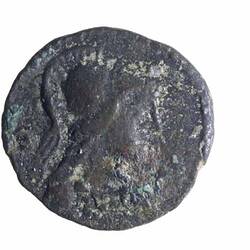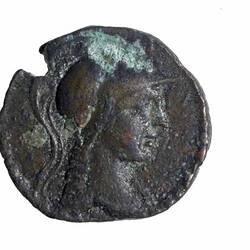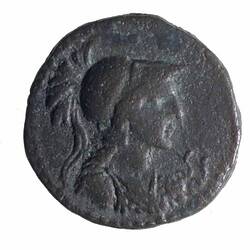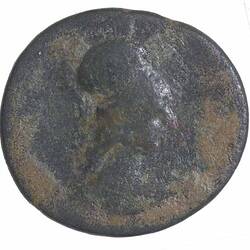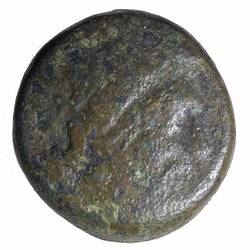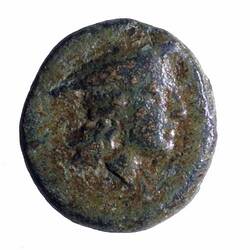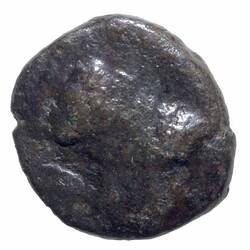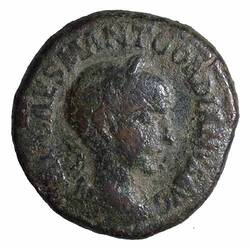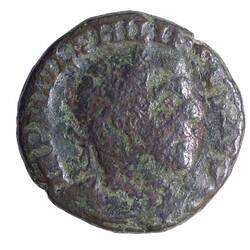Eugene von Guerard was born in Austria in 1811, lived in Australia from 1852-1882, and died in England in 1901.
Born in Vienna, von Guerard toured Italy with his father (a painter of miniatures at the court of Francis I) from 1826, and between 1830 and 1832 lived in Rome, where he became involved with the Nazarenes, a group of German expatriate artists. From around 1839 to 1844 he studied landscape painting at the Dusseldorf Academy, and travelled widely. Von Guerard's personal artistic style was formed by the heritage of Claude Lorraine, Nicolas Poussin and Salvator Rosa, while at the Dusseldorf Academy he was inspired by the German Romantic landscape tradition exemplified by the art of Caspar David Friedrich, which, like the Nazarenes, attempted to link man and God through nature.
Von Guerard arrived in Victoria in December 1852, and after a short visit to Melbourne, travelled to the Ballarat goldfields, determined to try his luck. As a gold-digger he was unsuccessful, but he made a significant contribution to our knowledge of the Victorian gold rush period through the illustrated journal he kept as a digger. Through text and images, he recorded his journey to the Ballarat goldfields, the life of the digger and importantly, the impact of mining activity on the Australian landscape. He also produced a large number of intimate studies of goldfields life, quite different from the deliberately awe-inspiring landscapes for which he was later to become famous. Realising that there were opportunities for an artist in Australia, von Guerard abandoned the diggings and was soon undertaking lucrative commissions recording the dwellings and properties of wealthy pastoralists. By the early 1860s he was recognised as the foremost landscape artist in the colonies, touring Southeast Australia and New Zealand in pursuit of the sublime and the picturesque.
In 1870 he was appointed as curator of the National Gallery of Victoria and the first Master of Painting at the associated National School of Art, Melbourne, where he was to influence the training of many artists over the next 11 years, including Frederick McCubbin and Tom Roberts. His reputation, high at the beginning of this period, had faded somewhat towards the end because of his rigid adherence to picturesque subject matter and detailed treatment in the face of the rise of the more intimate Heidelberg School style. He retired from his position at the National Gallery School the end of 1881 and departed for Europe in January 1882.
When the Australian banks crashed in 1893 he lost all his investments and lived in poverty for his last years. He died in Chelsea, London on 17 April 1901, aged 89.
References:
www.art-museum.unimelb.edu.au/ victorian_gold/arrivals/guerardintro.html, accessed 7 May 2002
Australian Dictionary of Biography online http://adbonline.anu.edu.au/biogs/A040347b.htm, viewed 29 Oct 2009
Wikipedia, the free encyclopedia. http://en.wikipedia.org/wiki/Eugene_von_Guerard, viewed 7 May 2002
More Information
-
Keywords
-
Localities
Melbourne, Victoria, Australia, Ballarat, Victoria, Australia, England, United Kingdom
-
Authors
-
Article types

